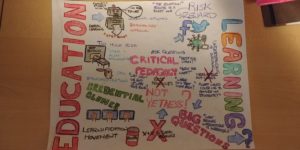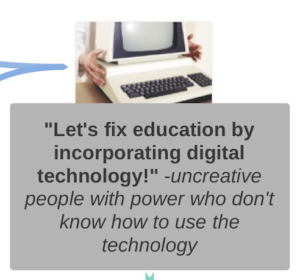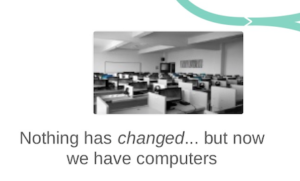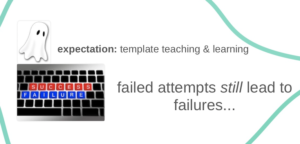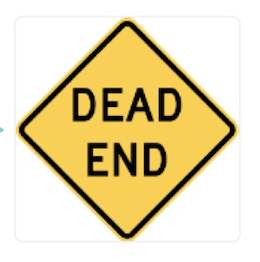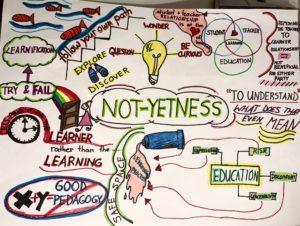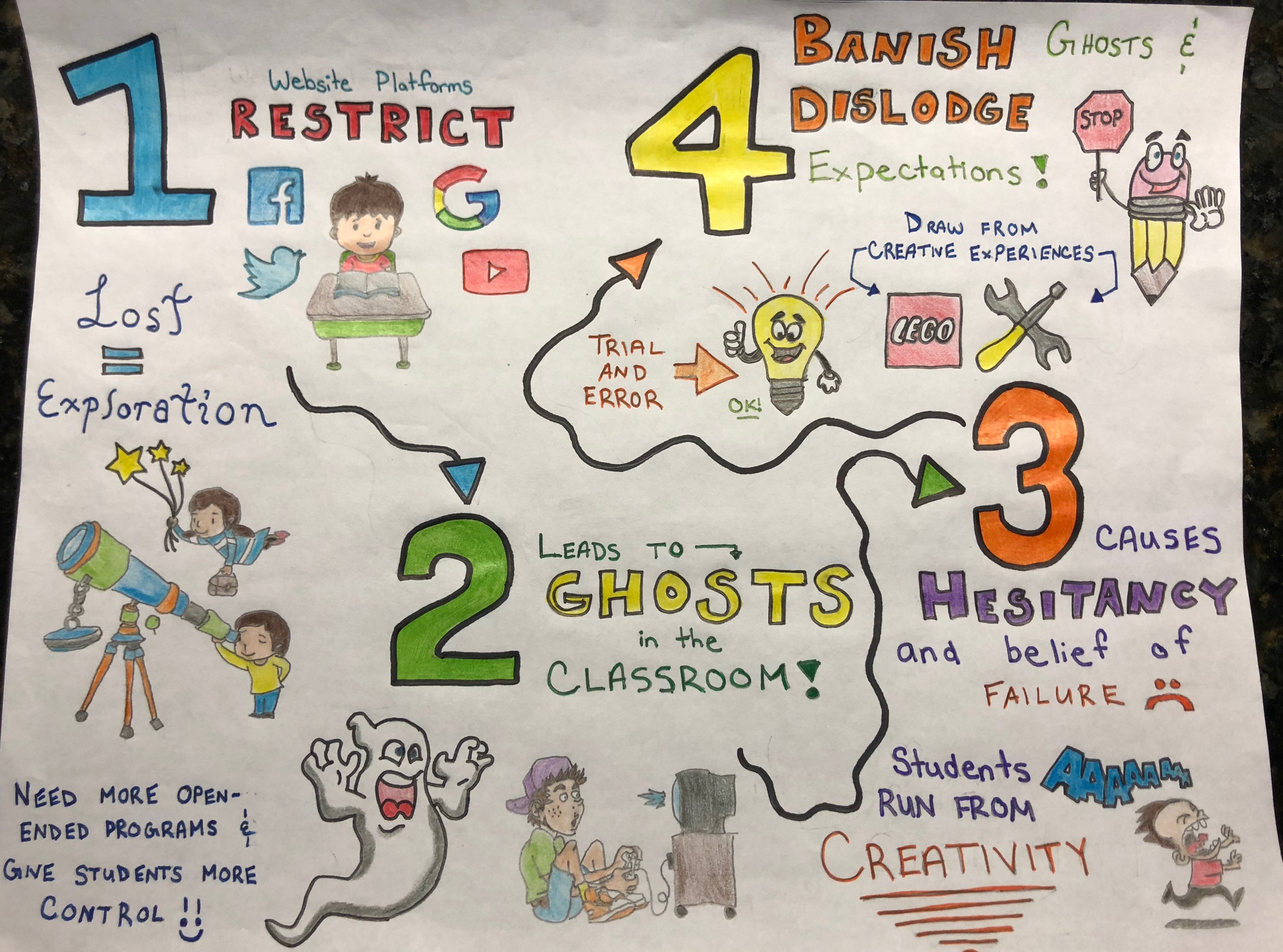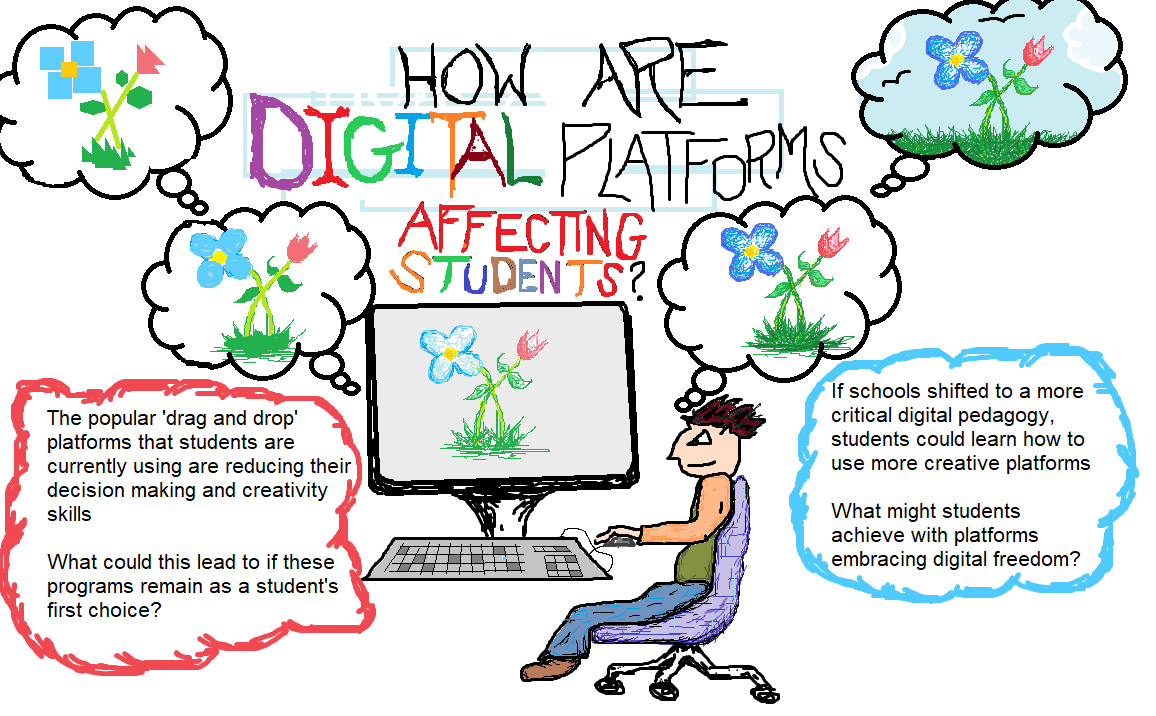The Hybridpod Podcast emphasises the transition required in order to take our traditional systematic approach to education and integrate Critical Pedagogy. This does not require just an integration of technology. At this point in the 21st century technology has already been integrated in the classroom. This technology however has only been integrated around what the establishment believes is best practices. “If this is what was done previously, how do we reach those outcomes but with technology?” Amy Collier, the guest speaker on the podcast argues this is not the right way to approach education. She argues the point of stepping back from what we know to be best practices and practice ‘Not Yetness’. ‘Not Yetness’ is a practice of taking on the high risk of teaching what we do not quite understand yet in the chance that the student and the teacher embark on something truly extraordinary. The idea of best practices and specific outcomes taking away from the riskiness of education is fundamentally wrong. The education process is a risky one and with such high risk comes a greater chance for reward. Tenure and security are not the only important things in teaching. Amy explains how this integrates well with the idea of Critical Pedagogy because they both ask questions of the current education establishment. Education is not meant to be about specific and established outcomes derived by people of power who went to school 30 years ago. Education is about exploring the unknown, diving into different forums, asking critical questions, trying to answer big and important questions and taking a risk to try and have a truly enlightened educational experience. We as future teachers should not act as machines and try to program each student in the same exact way. When we do this, all we are left with is Credential Clones and we have what is known is a canned educational process. Each child is fed the same exact process and expected to meet the same exact objectives doing the same exact exercises. With this process, individuation is stripped from students. We as teachers should be encouraging a move out of the classroom and take fieldtrips to different forums to interact and see what the real world is like. Education is in a delicate state. New processes of teaching and learning are presenting themselves with the help of different technological forums. However, this raises some unpredictability in education but “what becomes unpredictable is incredible.”
#UWinDig

